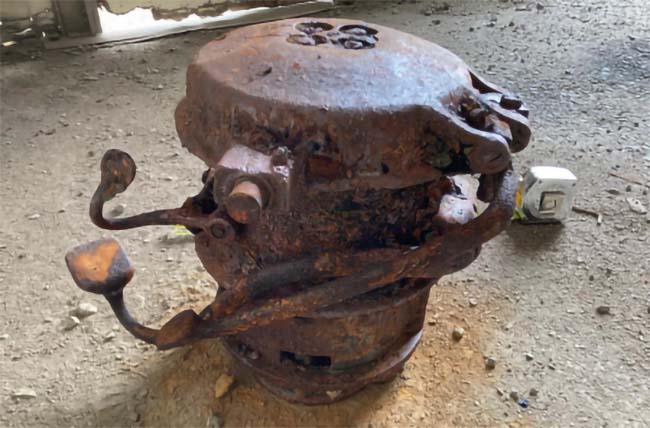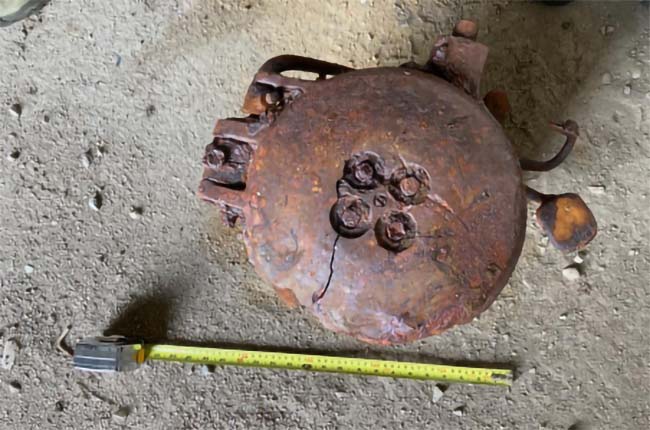INTRODUCTION
Dredged material is processed according to the Level 1 Archaeological Monitoring protocol outlined in the draft Cultural Resource Monitoring Plan (revised September 2020). This protocol calls for dredged soft sediments to be placed directly into barges, floated to a processing facility, and screened over bars on a vibrating platform. Items removed during the vibratory screening process are then sorted by trained personnel as per the draft Cultural Resource Monitoring Plan. Items of potential interest (possible artifacts or objects of local interest) are placed in a separate stockpile and photographed for archaeologists to review. These items are then placed in a holding area for archaeologists to inspect. To date, the vast majority of the recovered items consisted of modern debris and timbers.
The items reviewed on 7/21/21 were retrieved while dredging around the steel cofferdam in front of the Flushing Tunnel.
RESULTS
An archaeologist conducted a scheduled site visit on 7/21/21 to review the recovered items in person. Photographs were taken of stockpiled items at the processing facility.
The items under review consisted of a twenty-four-inch by four-inch black stone decorative column (broken in two pieces) (Photograph 1) and a twelve-inch by thirteen-inch mechanical component of undetermined function that appears to contain pedals (Photographs 2 and 3).



ITEMS SEPARATED FOR FURTHER REVIEW
The archaeologist retained one item for further analysis: a mechanical component.
CONCLUSIONS AND RECOMMENDATIONS
The archaeologist concludes that out of the two items observed, one holds possible historic/archaeological significance and should be retained for further review. Per the draft Cultural Resource Monitoring Plan, the archaeologist further recommends that all the non historically/archaeologically significant debris at the processing facility that has been reviewed by the archaeologist as of 7/21/2021 may be disposed of.

